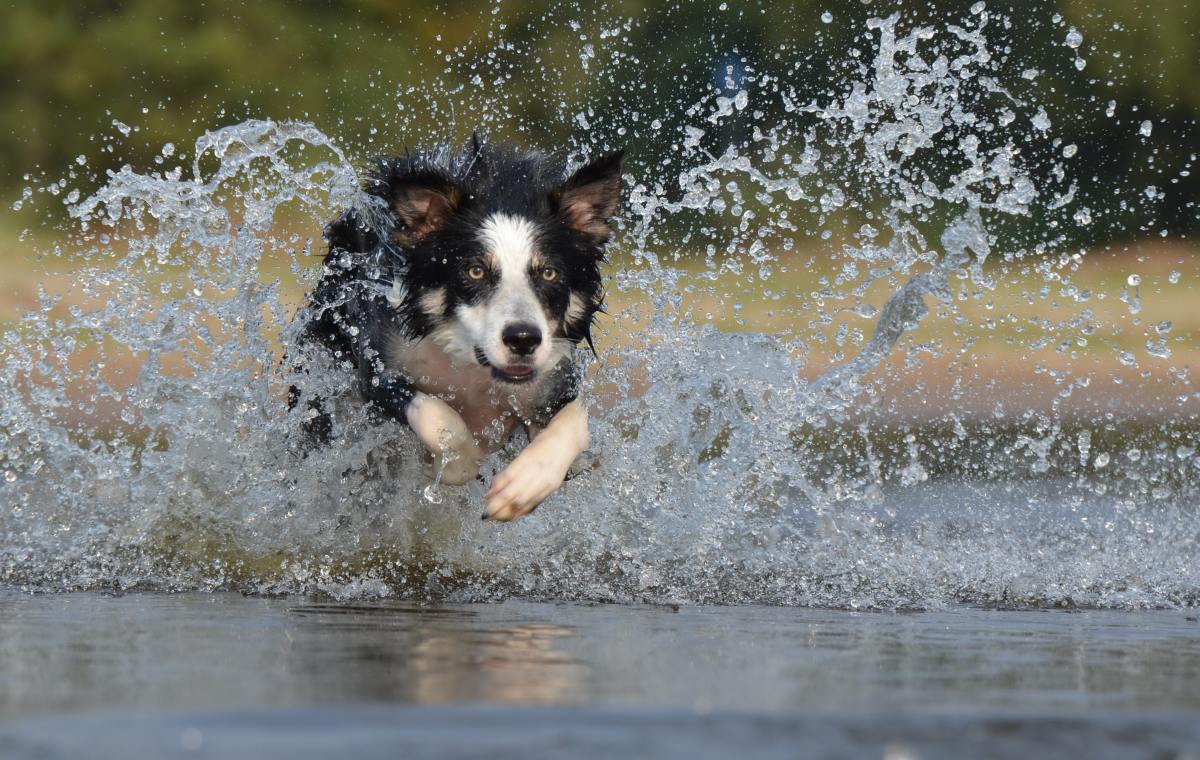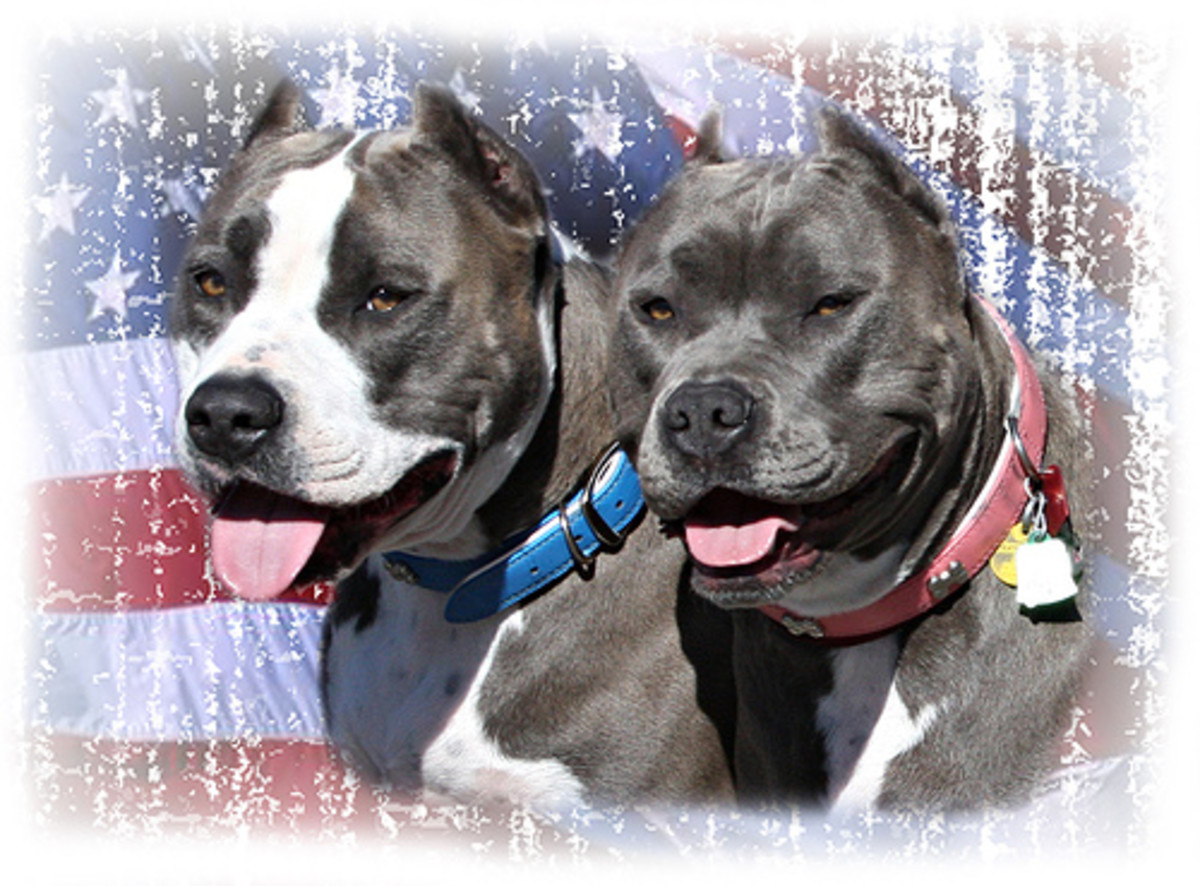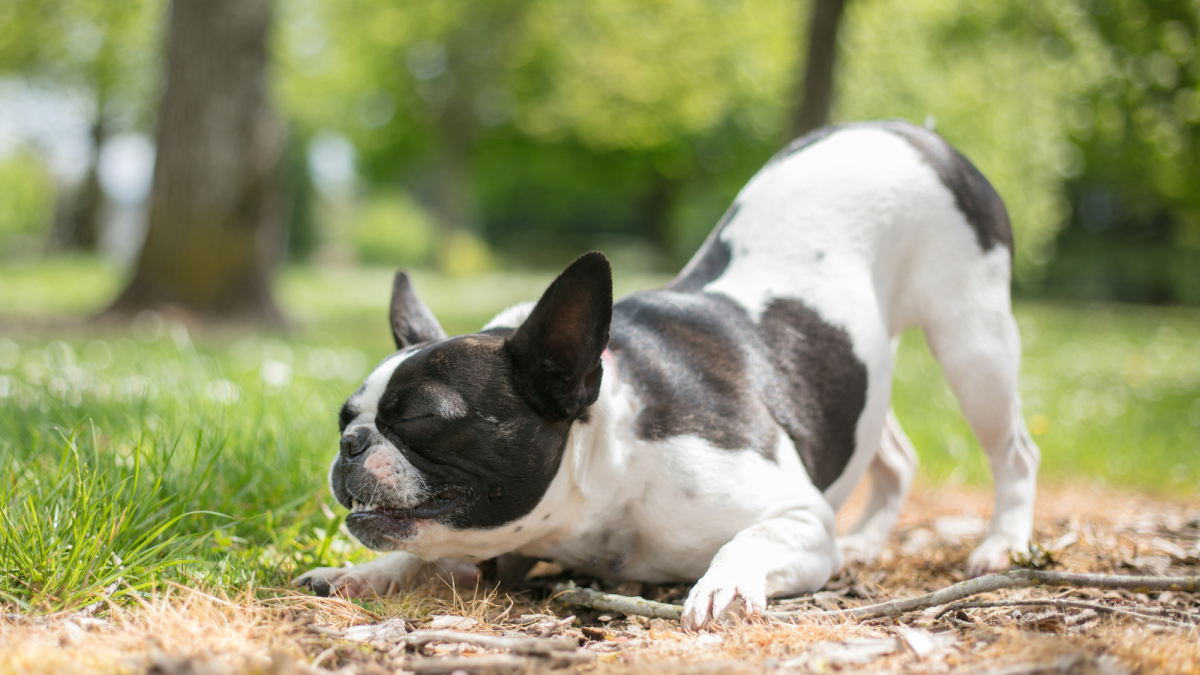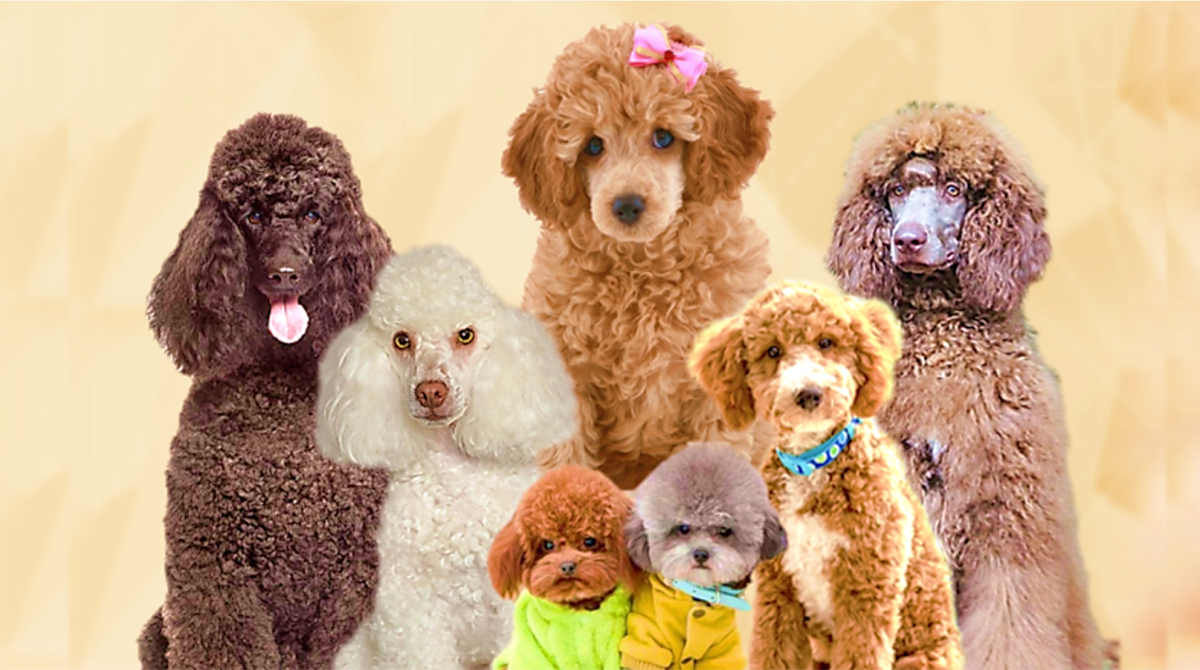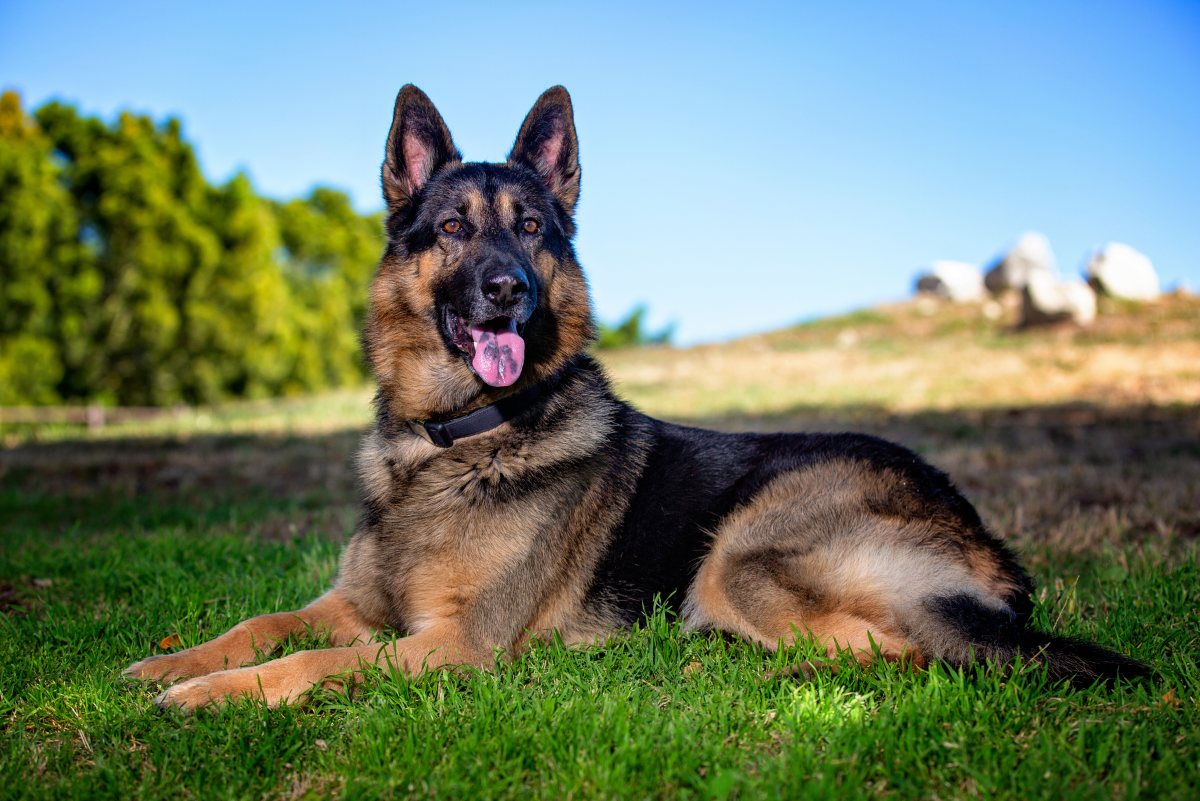- HubPages»
- Pets and Animals»
- Dogs & Dog Breeds»
- Dog Breeds
How to Safely Break Up a Dog Fight with a Parting Stick
When a person owns a dog, especially any large breed of dog, they should know the proper way to separate their dog in case there is ever an accident or incident with another dog. You may think that it's simple to separate two fighting dogs, but if you're not careful, you can easily enhance the aggression and have it turned towards you.
I've heard people using brooms, 2x4's, rakes, clubs, etc., but when coupled with your own anger or panic and the dog's current adrenaline rush, this can cause injury to a dog, and to you if the dog turns on you for beat it with a broom.
Larger dog breeds seem to have more intense situations and are more likely to continue a more lengthy fight, whereas terriers are spunky and feisty, typically having shorter scraps. But, that doesn't mean that larger breeds can't have short scraps, and smaller terriers long battles.
Just remember that you need to stay calm and collect when breaking up a fight between two dogs.
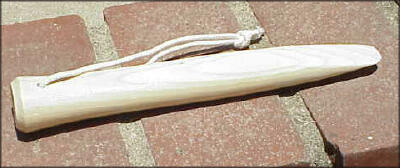
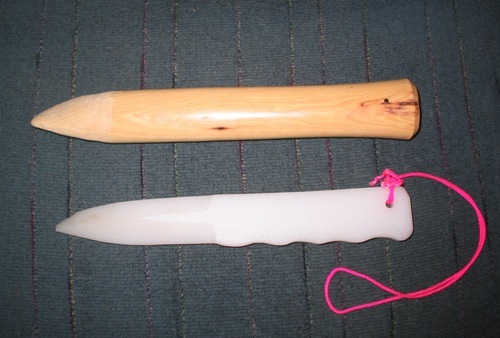
Breaking up a dog fight can be difficult, but it is easier when you know how to properly proceed. The key that you want to always remember is to stay calm and not to panic.The quicker you intervene the better; however, it is necessary to asses the situation before sticking yourself in the middle of two dogs.
Most dog quarrels can be stopped with a stern "NO" and quickly pulling the dog's apart using their leashes, but if the altercation has escalated into something more, you'll need more than your voice and a lead to stop the dogs from fighting.
Sometimes a water hose or bucket of water will work, but in some cases, you'll need a parting stick, which every responsible owner of large and powerful dogs should have.
Dogs should never go without a collar. Keep in mind that leather, buckle collars or heavy nylon collars with buckle clasps are the better choices.
Remember that two dogs may not start a fight by growling, barking, or posturing. Excitement and external stimulus, such as a squirrel or cat, can be a trigger. It ma also be instigated from the energy of rough-housing, competition over a toy or treat, or another dog's attention on someone of the family. A wagging tail is not an indication that everything is fine; in actuality, a wagging tail is often just a sign of excitement and the faster the tail, the more excited the dog is.
If you have a parting stick, you want to practice with the parting
stick before you ever have to use it. Examine your dog's mouth while
he's resting; pull the lips back and find the space behind the canines
that is toward the rear of the mouth. This is where the parting stick
should go; the spot will be easier to see if the dog has a rag or rope
in his mouth. You want the stick to go between 1/2 to 1-1/2 inch into the mouth.
If two dogs get into a fight, you should pay more attention to the more aggressive dog. It's best if two people are available, as each person can grab a dog. Approach from the rear and straddle the dog with your legs behind the rib cage and hold on to the dog firmly with your legs. It is very important that you immobilize the dog from the hind. When handling the dogs, take a firm hold on the dog's neck, as close to the head as you can, just behind the ears is best with one hand, so that the other can use the parting stick.
Insert the parting stick into the dog's mouth and apply constant pressure toward the tongue. Do not twist or try to pry the dog's jaw open, as the pressure to bite is pretty firm and twisting or pulling at the parting stick can cause damage to the dog's teeth and/or mouth. Only use just enough pressure as needed.
Buy a Breaking Stick
- Nylon Parting Stick
Price: $10.00 - Nylon Parting Sticks - DEAL (buy 2 or more nylon sticks)
$8.50 each for 2 or more
You have to be quick, as the dog will react if he loses hold and will open his mouth to get a better hold onto the other dog. When the dog starts to lose his grip, you want to quickly snatch the dog away, using the collar that should be around his neck, and walk the dog away. At this point, a stern 'NO' may work, but you want to keep a good hold on the collar, as the 'NO' may not be enough.
Both people need to communicate throughout the dog fight, and synchronize their actions. If one dog gets out of its hold and the other dog is still being held, you want to control the loose dog by the head, holding the scruff of the neck.
If you are alone throughout the fight, you'll want to try to move the two dogs to something solid, such as a pole, tree, or fence and try to secure one of the dogs on leash, pulling away the other dog as best as you can. Then proceed to separate the dog as directed above, being calm, patient, and safe throughout the entire process.
Lead the separated dog somewhere out of sight of the dog who is secured, and then tend to the other dog.
Summarized from the "Parting- The Safe Way" by Renee Greenwood from the American Pit Bull Terrier Gazette; Volume 33, Issue 1; Fall 2008

